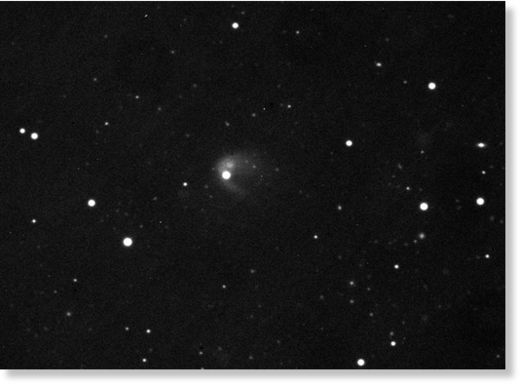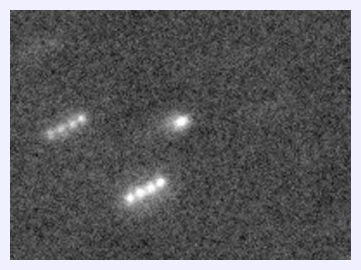The sun has just experienced a storm - not of explosive flares and hot plasma, but of icy comets.
"The storm began on Dec 13th and ended on the 22nd," says Karl Battams of the Naval Research Lab in Washington, DC. "During that time, the Solar and Heliospheric Observatory (SOHO) detected 25 comets diving into the sun. It was crazy!"
Sundiving comets - a.k.a. "sungrazers" - are nothing new. SOHO typically sees one every few days, plunging inward and disintegrating as solar heat sublimes its volatile ices. "But 25 comets in just ten days,
that's unprecedented," says Battams.
"The comets were 10-meter class objects, about the size of a room or a house," notes Matthew Knight of the Lowell Observatory in Flagstaff, Arizona. "As comets go, these are considered small."
SOHO excels at this kind of work. The spacecraft's coronagraph uses an opaque disk to block the glare of the sun like an artificial eclipse, revealing faint objects that no Earth-bound telescope could possibly see. Every day, amateur astronomers from around the world scrutinize the images in search of new comets. Since SOHO was launched in 1996, more than 2000 comets have been found in this way, an all-time record for any astronomer or space mission.
Battams and Knight think the comet-storm of Dec. 2010 might herald a much bigger sungrazer to come, something people could see with the naked eye, perhaps even during the day.
"It's just a matter of time," says Battams. "We know there are some big ones out there."



